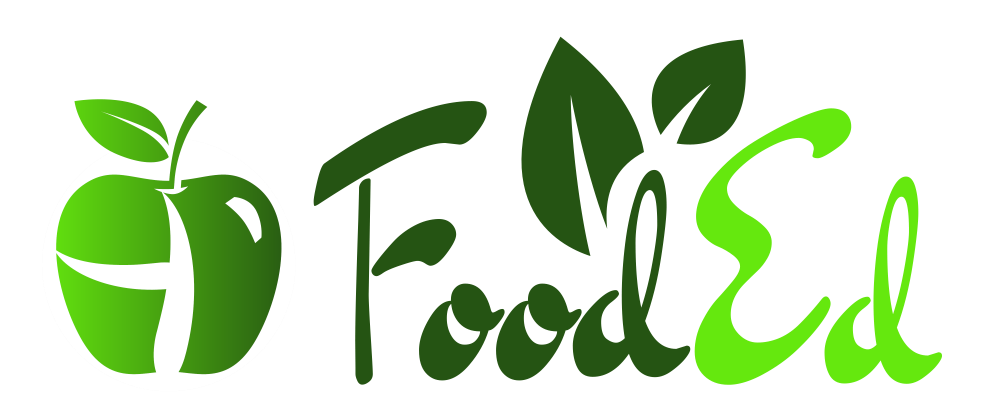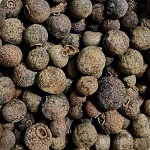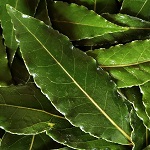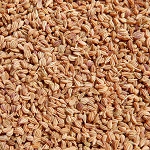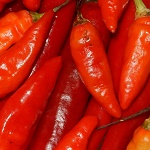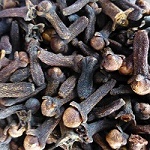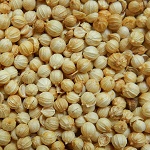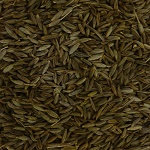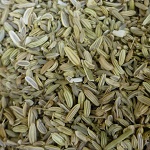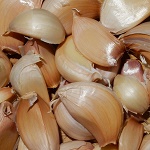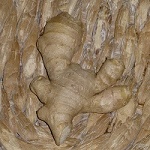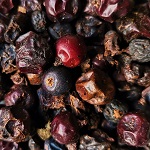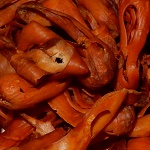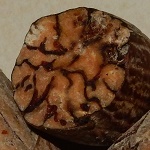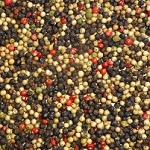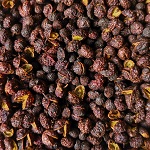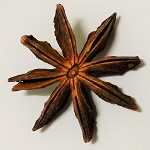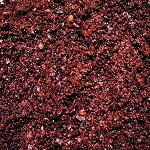MustardSpicyPungentEarthy

Mustard Spicy Pungent Earthy
Brown mustard seeds are much hotter than the white seeds and are often used in Indian cooking. The milder white mustard seeds are used to make yellow mustard. The pungent heat from mustard comes from isothiocyanates, which tend to vaporize at body temperature, filling your nose with a pungent heat.
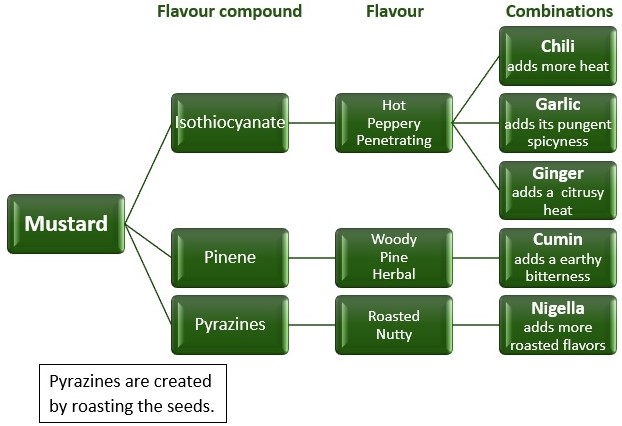
 The spice mustard comes from the seeds of the mustard plant, which belongs together with all types of cabbages to the Cruciferous family. Besides the seeds, the leaves from the plant can also be eaten. It is believed to be one of the first cultivated crops, seeds have been found in prehistoric sites in Europe and Asia. Used as a condiment and preservative in the kitchen, folk medicine used mustard traditionally to relieve aching muscles and joints as well as treating indigestion.
The spice mustard comes from the seeds of the mustard plant, which belongs together with all types of cabbages to the Cruciferous family. Besides the seeds, the leaves from the plant can also be eaten. It is believed to be one of the first cultivated crops, seeds have been found in prehistoric sites in Europe and Asia. Used as a condiment and preservative in the kitchen, folk medicine used mustard traditionally to relieve aching muscles and joints as well as treating indigestion.
Grown in temperate regions globally, there are two main varieties being produced nowadays: white and brown mustard. The bigger white mustard seeds are light brown rather than white and have a milder taste than the small brown varieties.
As all vegetables from the Cruciferous family, mustard seeds are a source of the phytonutrient glucosinolates. When the seeds cell walls are broken and mixed with some water, the enzyme myrosinase is released which reacts with the glucosinolates forming isothiocyanates. These newly formed compounds give mustard its hot and peppery taste. When you eat whole seeds, this reaction has not taken place and that is why whole seeds have a bland taste. Because the enzyme myrosinase is destroyed by cooking, to get the most flavour you should soak your ground seeds in some water and give the enzyme the time to do its work. Similar with all cabbage varieties which are best chopped and left for up to 40 minutes before cooking to let this enzymatic reaction to occur. Another option would be to add some ground mustard seeds to the cooked cabbage, in this way you add the enzyme back after cooking which restarts the reaction as the precursor is not destroyed by cooking.
One of the isothiocyanates formed is sulforaphane, a compound which lots of health benefits attributed to it. Sulforaphane is a potent antioxidant, helps the bodies detoxification system, and has shown to have cancer preventative and therapeutic potential against many different types of cancer.
Mustard as a condiment is a healthy low-calorie choice compared to the usually oilier condiments. Mustard seeds are generally considered safe for human consumption. Mustard oil contains erucic acid, which in large quantities in toxic. Therefore, mustard oil is not sold as a cooking oil in most places. The oil already being a concentrated product which is toxic in high quantities, the amounts of erucic acid you get from mustard seeds and mustard poses no threat.
Some of the health benefits of mustard seeds summed up.
- Mustard seeds are a powerful antioxidant.
- Mustard seeds are anti-bacterial.
- Mustard seeds have potent anti-tumour activity.
- Mustard seeds are anti-inflammatory due to their high selenium and magnesium content.
- Mustard seeds are a good source of the B vitamins and high in vitamin B3 (Niacin).
- Mustard seeds are also a source of vitamin A, C, E, & K.
- Mustard seeds are a good source of essential fatty acids.
- Mustard seeds are a good source of dietary fibre.
Mustard seeds (Sinapis Alba Linn) attenuate azoxymethane-induced colon carcinogenesis.
https://www.ncbi.nlm.nih.gov/pmc/articles/PMC6837503/
Mustard seed (Brassica nigra) Extract Exhibits Antiproliferative Effect against Human Lung Cancer Cells through differential Regulation of Apoptosis, Cell Cycle, Migration, and Invasion.
